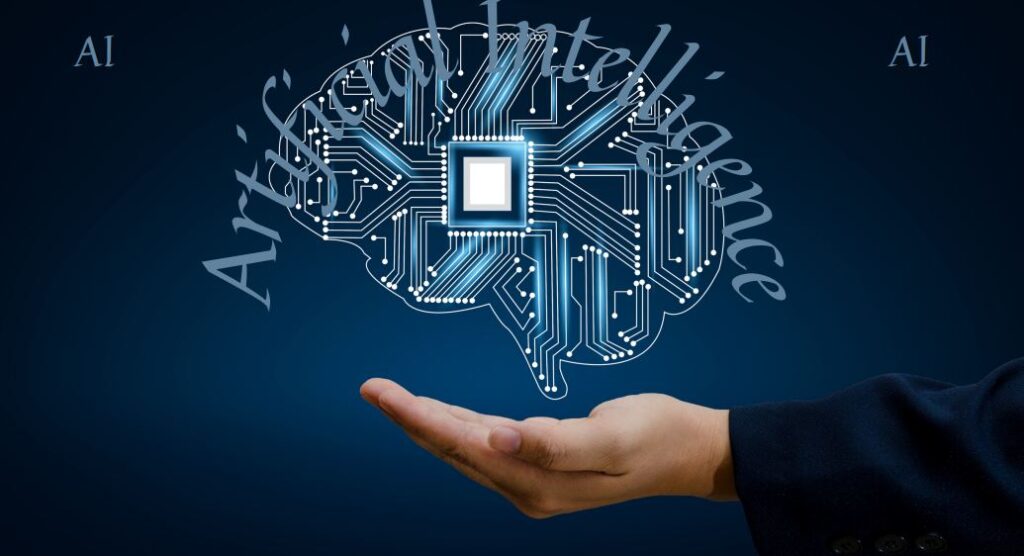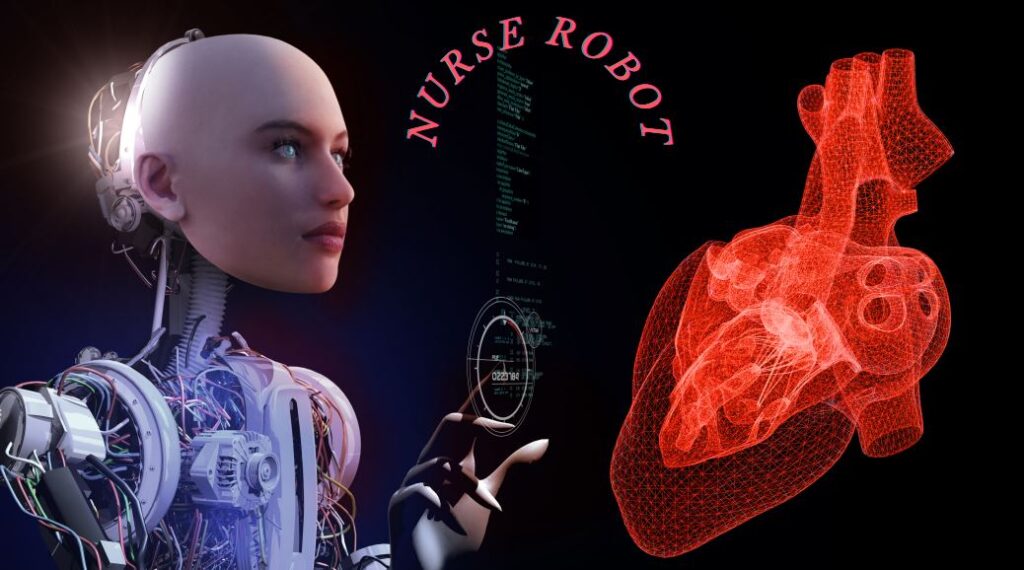In 2016, Hanson Robotics caused a worldwide sensation thanks to Sofia, a robot in the form of a woman who laughs, grumbles and even does parkour moves. Now, the Hong Kong-based robotics company has unveiled its latest invention: Grace, a humanoid robot hoping to revolutionize healthcare.
Hanson Robotics introduces Grace, a healthcare robot designed to interact with the elderly and those isolated from the Covid-19 pandemic. Dressed in a nurse uniform, Grace has Asian features and a thermal camera on her chest to measure the temperature and response of the people she cares for. It uses artificial intelligence to diagnose a patient and can speak three languages: English, Mandarin and Cantonese (the two most popular Chinese dialects).
Hanson Robotics
According to the head of Hanson Robotics, Grace’s resemblance to a health professional and the ability to interact offers the relief of nursing staff who are at the forefront of dealing with the pandemic. After all, the same man six months ago estimated that the pandemic could accelerate the interaction of robots and humans, as many people are in isolation because of its spread.
His view is shared by several scientists, who note that isolation at home has affected the psychological state of many people. If these people can get help through the development of these social robots, it will definitely have a positive impact on society, they say, among other things.
The construction cost of Grace, like that of Sophia, is about the same as a relatively expensive car, but it is estimated that once mass production begins, the cost will certainly be much lower.
How do Robots operate
A robot is defined by the International Standard Organization as a multifunctional forger designed to move hardware, components, tools, or optimized devices through variable programmed motion in a multitude of tasks.
The nature of social interactions is important and can start with simple support tasks such as transfer tools to a worker and reach in complex expressive communication and collaboration such as ancillary health care. For this reason, many scientists from different fields are now collaborating.

The field of robotics evolving in one direction, soon it will be a systematic approach as cooperation between engineers and sociologists is necessary. The engineer’s robotics should know the social dynamics that affect the behaviours of people and apply this knowledge in development and robotic operation systems. On the other hand, sociologists must expand the social science to include its evolution technology and therefore the study of robotic entities as social phenomenon in humanity.
Additionally, as robots become more sophisticated, engineers will need the help of trained sociologists and psychologists to create “personalities” and “scenarios” to “teach” humans how to behave in different situations.
What is artificial intelligence?
Generally, the term of artificial intelligence is often used to describe machines (or computers) that mimic cognitive functions that humans combine with mind such as learning and problem solving.

Categories of AI:
1) Analytical intelligence
2) Human inspiration
3) Humanized artificial intelligence.
Analytical AI
Analytical artificial intelligence has only characteristics which consists of cognitive intelligence producing a cognitive representation of the world and using learning based on past experience to make future decisions.
Human-inspired AI
Artificial human-inspired intelligence has the characteristics of cognitive and emotional intelligence, the understanding of human emotions and in addition to cognitive elements, while including them in decision making.
Humanized AI
Humanized artificial intelligence exhibits characteristics of all types of abilities (cognitive, emotional, and social intelligence) capable of being self-aware and self-aware in interactions.
AI goals
General intelligence is also one of the goals in the field of artificial intelligence. Approaches include statistical methods, computational intelligence, and traditional symbolic artificial intelligence.
Achieving general intelligence is a difficult task for both. This is why this field has lower rates of research interest than other more specialized fields of artificial intelligence research.


